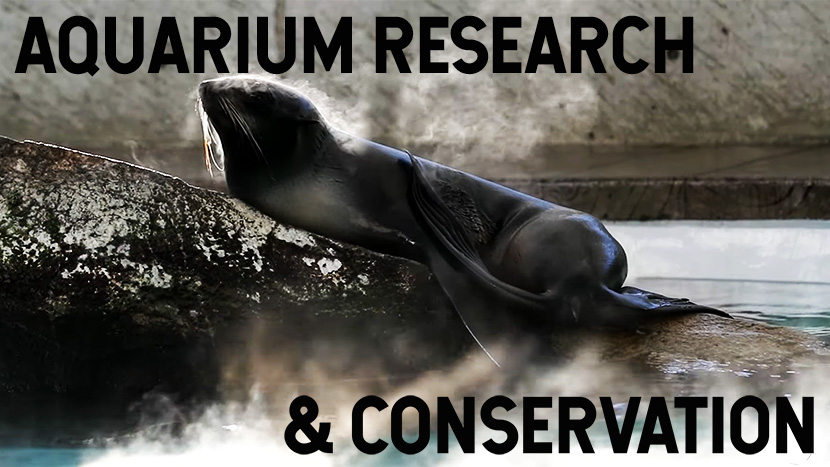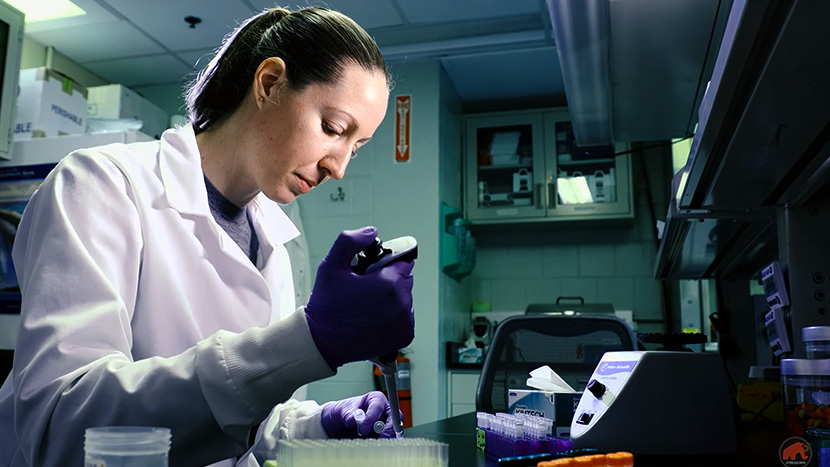Aquarium Research Aids in Conservation: A Case Study with Fur Seals.
While many people think of zoos and aquariums as places to simply observe and learn about animals, many of them are also crucial institutions that do important zoology and conservation research. Aquarium research for one has aided a lot in understanding better ways to monitor and protect marine wildlife!
Aquariums can sometimes be controversial, and though there are cases of institutions that do more harm than good, many aquariums serve an important role in conservation in many aspects. So let’s dive right into it.
How Aquariums Help Conservation
Aquariums do various things to help with conservation efforts of wild animals, such as:
- Aquariums participate in breeding programs which often results in releasing young animals into the wild (especially marine reptiles and fish).
- Often a large part of the funds from selling tickets goes towards research and conservation efforts.
- The educational programs at aquariums help to raise awareness about conservation issues. This encourages people to donate and/or take action to protect marine habitats.
- Aquariums often house rescued and rehabilitated animals that can not be released into the wild.
- Researchers can more easily study captive animals in order to better understand how to monitor and protect wild ones.
Overall, aquariums do a lot of work inside and outside of their walls in order to help conservation. Furthermore, getting up close to these often hard-to-see creatures can be very impactful for people, creating more passion for the protection of marine habitats.
The New England Aquarium and Fur Seal Research
The New England Aquarium is an example of an aquarium that puts a lot of effort into their research and conservation. Below is a video about some of the work they have done with fur seals in the past!
As you can see, researchers are able to study these captive animals in order to optimize the ways that they monitor animal health, pregnancy, and more. Studying animals in the aquarium first helps researchers perfect the process before they go on expensive field expeditions. Once they have the process streamlined, their technique can be directly applied to the field, helping them to get an idea of the health and status of wild populations of fur seals.
The New England Aquarium’s research team has also more recently come out with this publication on the variation in body mass and food intake of northern fur seals (Callorhinus ursinus). By closely monitoring captive animals throughout the year, they were able to understand how different sexes and ages of fur seals use energy in different seasons. The conclusion for this paper tell us a lot about fur seal’s food requirements throughout the year. Knowing these parameters can help to guide conservation efforts and can give hard numbers to policy makers. With this information we can better create strategies and legislation in terms of the marine habitats of fur seals.
It is clear to see that the work done in the aquarium can greatly help to protect the wild populations of fur seals. Additionally, they give the public a closer look at these amazing animals and what needs to be done in order to protect them.
A Bit More About Fur Seals
Fur seals are mammals that include nine species of seals in the sub family Arctocephalinae and have two different genera: Arctocephalus and Callorhinus. The Northern Fur Seals (Callorhinus ursinus) from the video are just one kind! Fur seals eat mostly fish and cephalopods – like squid! They are found off the coast of Alaska and spend most of their lives at sea. This page from NOAA has a lot of great Northern Fur Seal information!
Fur seals look quite a bit like sea lions and they often get confused. Though they are closely related, there are quite a few differences. In general you can tell the difference between a fur seal and a sea lion like this:
Fur seals are generally more “furry” than sea lions, smaller, and are not as agile on land. You will see fur seals dragging their bellies while sea lions are able to “walk” (or waddle) much more easily.
Wrapping it Up
Aquariums and zoos provide a unique opportunity for the public to get closer to wildlife and for researchers to study animals more easily. This in turn results in huge benefits for conservation. Zoo and aquarium research is important because it is used to improve field research. Additionally, the funds from these institutions helps pay for field research and conservation of wild populations. All in all, aquariums play a big role in conservation.


































































































